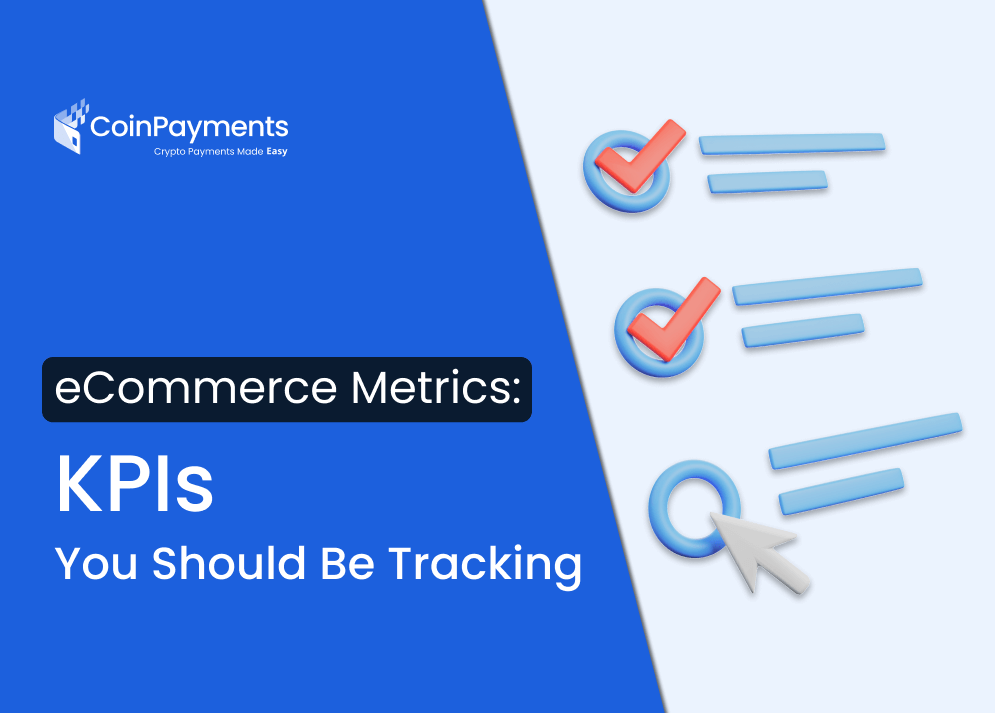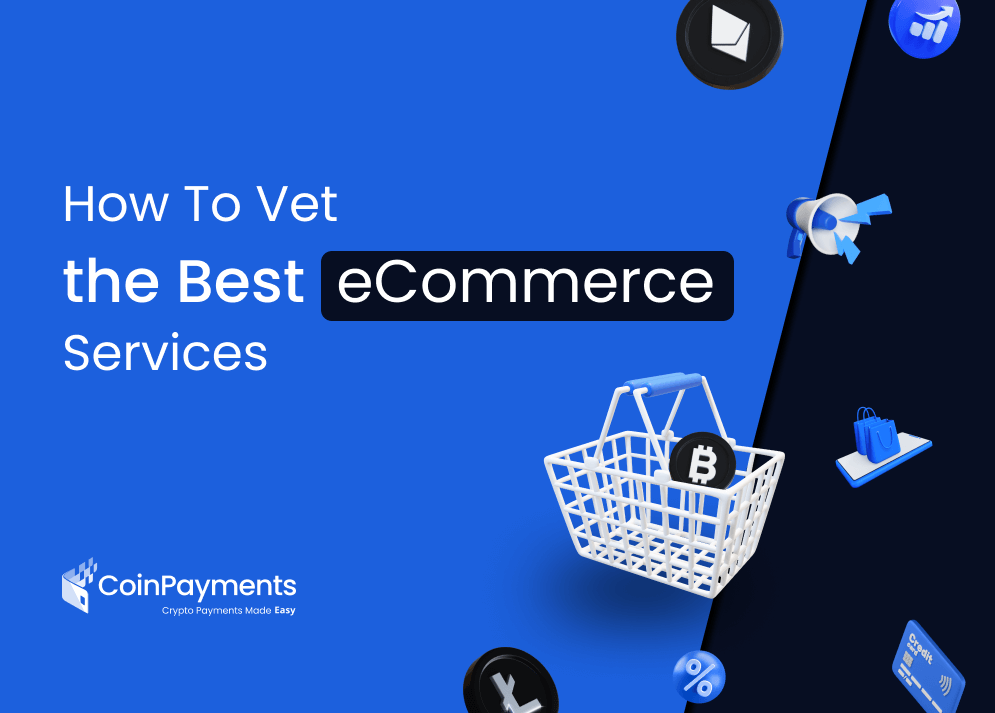
Running an eCommerce site involves a lot of metric tracking and analytics. It’s not enough to simply look at how much money you make each day. You also need to look at how many visitors your eCommerce site gets, how successful your online ads are, and much more.
But with so many different metrics to look at, which should you prioritize? Today, let’s break down five key eCommerce KPIs you should track all the time.
We will go over why these KPIs are so crucial to your business’s success and why they are more worth tracking than some other KPIs that your site, hosting provider, or software may track automatically.
What Are KPIs?
KPIs are “key performance indicators.” They are among the many metrics your eCommerce site should already collect and track. However, unlike other metrics, they can provide key insights and help you develop good strategies for your business going forward.
In many cases, KPIs are the most important metrics you should pay attention to and regularly analyze. By knowing which KPIs to track, you’ll be able to:
- Better understand how your eCommerce site is performing relative to the broader market
- Create more effective digital marketing campaigns and, therefore, draw more of your target audience to your brand
- Improve your profit margins and minimize wasted resources
KPIs for eCommerce: Five To Watch
- Conversion rate
- Gross profit margin
- Abandoned shopping cart rate
- Engagement
- Customer acquisition
However, there are so many KPIs to track that it can be difficult for eCommerce business owners to know which they should pay the most attention to.
Below, we’ll break down five major KPIs to watch for eCommerce site owners. Each of these KPIs is important for different reasons, though they work together to provide you with a holistic picture of your business and its current performance.
1. Track Your Email Signup Conversion Rate
By far, one of the most important eCommerce KPIs to track is your email sign-up conversion rate, also sometimes called the newsletter sign-up conversion rate. In either case, it just measures the number of users who visit your website and then sign up for email marketing.
Naturally, this is super important to make sure your email marketing is viewed by the right number of people. It won’t matter how high quality your email marketing is if no one clicks on the emails, after all. You can use a variety of methods to get people to sign up for email lists or newsletters, including:
- Requiring email addresses to make a purchase. However, this can be risky and make people abandon your website before buying something
- Offering a discount, coupon, or some other freebie for offering an email address
- Requiring an email address to sign up for your brand’s former community
The higher your email sign-up conversion rate is, the better. It means that every piece of email marketing your team puts out will be viewed by as many people as possible.
Since email marketing goes to people who have already visited your site, email recipients are also more likely to be your target audience and, therefore, more likely to return your email marketing investment.
If your email sign-up conversion rate is low, consider some of the methods above and make your email newsletters more worthwhile. On your eCommerce site, write a page or paragraph expanding the benefits of your email marketing, such as access to special discounts or sales.
2. Track Your Gross Profit Margin
The next most important eCommerce KPIs to track is the gross profit margin. In a nutshell, gross profit margin helps you assess your business’s overall health. It calculates how much money you have leftover from your revenue after subtracting the “cost of goods sold” or COGS.
Remember, you have to spend money to make money, no matter what business or industry you happen to be in.
Therefore, you can’t just look at the total revenue you’ve brought in over the last month and count that as profits. You have to remove the cost of continuing to do business – such as replacing products, labor, etc. – and then see what’s left.
The higher the gross profit margin you have, the more money you have made overall, even when accounting for the costs of your eCommerce business. A gross profit margin can also be referred to as a net profit margin. You can calculate the gross profit margin with the following formula:
Gross profit margin = (net sales – COGS) / net sales
With the above formula, you first take your net sales or revenue. Then subtract the cost of goods sold. This broadly represents how much money you had to spend to make and sell those goods in the first place. Divide the number you get by your net sales or revenue once more, and you’ll have your gross profit margin.
If your gross profit margin is a little too low for comfort, consider improving it by:
- Reducing the budget for producing your goods and services. You can do this by using cheaper materials, negotiating with a new supplier, etc.
- Increasing the prices of your goods and services. Note that this can be risky since you can’t raise the price too much or people will not buy your products anymore
3. Track Your Abandoned Shopping Cart Rate
Next, you’ll want to track the abandoned shopping cart rate for your eCommerce store. No matter how effective your store and marketing are, there will be some visitors who put products in their shopping carts, then click away from your website for one reason or another. These abandoned shopping carts represent lost sales at the very end of your sales funnel.
Essentially, a customer was drawn to your website by marketing or other means. They found your brand and products attractive enough to consider buying them. But something stopped them from going through with the purchase all the way.
Of course, a high shopping cart abandonment rate is always a bad sign. It could indicate several potential problems with your eCommerce business:
- Maybe your checkout process is too complex or convoluted. In this case, you’ll need to streamline your website or make it much easier for a customer to buy something.
- Your products aren’t quite as persuasive as you think they are. They are attractive enough to get customers to consider buying them, but not to actually spend money on them. Maybe you need to improve your product pages or use multiple marketing channels in your marketing strategy.
- Your shipping costs are too high. Customers see how much it costs to ship their products to their doors and abandon their carts as a result.
- Something else entirely.
Regardless, you should take immediate steps to lower the abandoned shopping cart rate. This should only ever be a single-digit percentage of the total people who put products in their shopping carts overall.
You should also make sure your website doesn’t have any technical hurdles that could affect shopping cart abandonment. For example, if your shopping cart software or website isn’t working and doesn’t let people complete their purchases, that could be why your website’s abandonment rate is so high.
4. Track Engagement in Ads
It’s also a good idea to track ad engagement. Engagement for your ads broadly tracks how many people interact with your advertisement. The interactivity will depend on the type of ad in question. For example, a static or image-based ad is interacted with when someone clicks on it.
In contrast, someone interacts with a video ad when they watch it for 10 seconds and/or if they click on the linked call to action at the end. In any case, high ad engagement is always excellent. It indicates that your advertisements are compelling and persuasive and that their calls to action bring people to your eCommerce site regularly.
Low advertisement engagement, on the other hand, shows that your ad campaigns aren’t working for one reason or another. You can calculate the engagement rate by using the following formula:
Ad engagement rate = number of engagements/number of times the ad is shown
Say that you run an advertisement on Facebook 100 times. The ad is a video advertisement, so Google Analytics counts an “engagement” anytime someone watches the advertisement for 10 seconds or clicks on the call to action at the end. This ad has reported 20 total engagements.
Using the above formula, you can see that the engagement rate is 0.2 or 20%. That’s pretty good, all things considered! Once you know your advertising engagement rate, you can also calculate the average CPE or cost per engagement. That’s the average amount it costs to get a visitor to engage with your ad.
Calculating both engagement rate and average CPE will help you grasp the total return on investment for your advertising campaigns. Then you can make adjustments based on how effective or ineffective they are.
5. Track Your Customer Acquisition
Lastly, eCommerce business owners should track customer acquisition. Customer acquisition put simply, is the total number of new customers added to your customer base. Naturally, a higher customer acquisition KPI is always great since it means you’re always bringing in new business.
You can track customer acquisition on a weekly or monthly basis. Generally, you’ll want to target an acquisition rate of 12% or higher to ensure that you constantly have a new influx of customers for your eCommerce site.
The higher customer acquisition you have, the better you’ll counteract churn or the number of customers who leave your brand for any reason.
Fortunately, tracking customer acquisition is easy. You don’t need a complex formula. Instead, you can just look at the total number of new customers you get every week or month. Then compare that to the total customers you lose (by looking at how many customers you have the last week or month, respectively).
If your customer acquisition is low, it could mean you need to:
- Focus more on new advertisements to bring in fresh customers
- improve your website, so it’s more welcoming for new arrivals
- Launch a special sale to bring new customers to your site
Creating KPIs for eCommerce
Of course, you can also create your own key performance indicators for your eCommerce business. As you use tools like Google Analytics or merchant tools from CoinPayments, you’ll gather much more information about your customers than you fully need to run your business smoothly.
But that information can be leveraged to create new KPIs that help you make intelligent decisions for your business going forward. As you create KPIs for eCommerce, keep these points in mind.
Make KPIs That Are Measurable
Firstly, every key performance indicator you make or record should be measurable. That is, you have to be able to gather data on the KPI for it to be worthwhile in the first place!
For example, you can’t really measure customer satisfaction in a perfect sense. But you can measure customer satisfaction as recorded by a survey you offer customers after they make a purchase. Any KPI should be consistently measurable as well. To make intelligent decisions, you need a lot of data, not just a few data points spread out over one week of business.
Therefore, make sure your KPI data can be gathered every day or week at least. The more data you have, the better analysis you’ll be able to perform and the better you’ll understand your target market and its needs.
Make KPIs That Are Actionable
We also recommend making key performance indicators that are actionable. Actionable KPIs are those that will help you make a change or improvement for your eCommerce business.
For example, the email sign-up rate is an example of an actionable KPI. When you look at your email sign-up rate and see that it’s a little too low, you can take immediate steps to improve it. You can add content to your email marketing campaign, make signing up for an email more attractive, etc.
Remember, the goal of KPIs is to give you a window into how you can make your eCommerce business better. If a specific KPI can’t help you do that, it’s not really worth your time.
Make KPIs That Match Your Business Goals
Lastly, be sure to make and track KPIs that match your active business goals. It does you no good to track email sign-up rates if your business doesn’t use email marketing very much as part of its broader advertising strategy.
If you try KPIs that don’t really match your business goals, you’ll waste time when you could be tracking more important KPIs. To determine which KPIs match your business goals and will be most valuable:
- Think about how a KPI affects your marketing, product development, or website functionality. If a KPI provides direct insight into the effects of those efforts, it’s probably worthwhile to some extent.
- Think about whether a KPI will provide you with the opportunity to make improvements or reduce flaws in your eCommerce business. If a KPI is interesting to know but doesn’t provide any real insights, it’s not worth it.
Fortunately, you should be able to know whether a KPI matches your business goals by looking at your current marketing campaign, your current revenue, and other metrics. Ultimately, the more you practice making your own KPIs and tracking them, the better you’ll be at creating good KPIs in the future.
Overall, some of the best KPIs or benchmarks to make and track include:
- Average order value or AOV, which shows how much an average customer usually spends at your online store
- Customer lifetime value or CLV, which breaks down how much a customer spends over their lifetime
- Customer acquisition cost or CAC, which tells you how much it costs to acquire a new customer on average
- Bounce rate, which breaks down how often people “bounce” from your landing page
- Customer retention rate, which shows how often you retain customers after they make one initial purchase. It measures how many eCommerce website customers become repeat customers overall.
- Website traffic, which shows your total web traffic overall
- Click-through rate, which shows how often customers click through your eCommerce marketing ads or email campaigns to arrive at a landing page
- The average number of purchases made each month or week
- Number of orders, which measures the total number of orders made by paying customers, including repeat purchases from returning customers
- And more
Conclusion
All in all, there are lots of KPIs you should track as you run your e-commerce business. But the above five primary KPIs are especially important and will help you strategize your business decisions for long-term success.
For even more business viability and stability, consider implementing a cryptocurrency payment gateway through CoinPayments. Our secure crypto payment gateway and merchant tools give you exactly what you need to accept Bitcoin, Ethereum, and other crypto tokens at your online store starting today. Contact us to get started!



